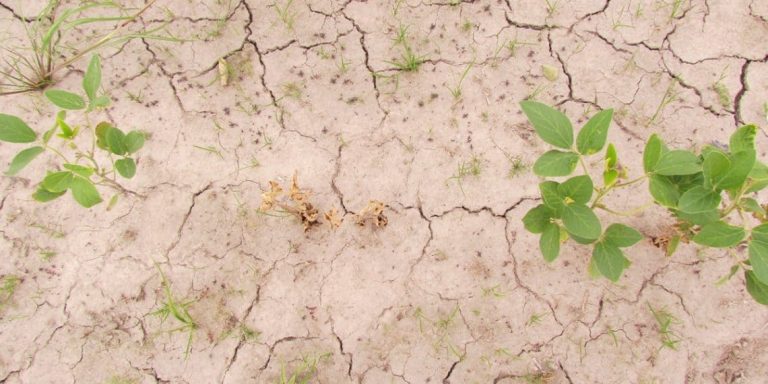The world’s climate is changing rapidly, and it is essential that we seek alternative ways to address climate challenges. One of the promising ways to mitigate global warming is by utilizing a prominent concept known as Enhanced Rock Weathering (ERW). ERW involves accelerating natural rock weathering to capture carbon dioxide from the atmosphere, which then contributes towards effectively reducing concentrations of greenhouse gases. Research has suggested that arid and semi-arid regions could be potential sites for implementation of this technique. Learn more about the potential benefits and challenges that arise from implementing Enhanced Rock Weathering in arid and semi-arid regions.
The advantages of implementing ERW in arid and semi-arid regions
Arid and semi-arid regions are characterized by low rainfall and high temperatures, making water scarcity a significant issue.
However, with the increasing demand for water due to population growth, climate change, and industrialization, it is crucial to find sustainable solutions to this problem. One such solution is the implementation of Enhanced Rock Weathering.
ERW is a technology that uses mineral rocks, such as glauconite. These minerals crushed and then spread on the soil, a process which accelerates the natural weathering and helps capture CO2 from the atmosphere and improve soil quality.
But how can this technology be beneficial in this context? As the name suggests, arid and semi-arid regions have low rainfall and moisture content, which makes the implementation of Enhanced Rock Weathering a unique prospect.
The possibility of utilizing ERW in arid and semi-arid regions lies in the fact that weathering could be accelerated by the presence of moisture, irrespective of the soil type or the amount of rainfall present in the region.
The availability of natural weathering agents, such as wind-blown sand, should also be considered when selecting sites for Enhanced Rock Weathering implementation.
Apart from aiding in reducing greenhouse gas concentrations, the implementation of ERW in arid and semi-arid regions has other potential benefits.
For example, the process of accelerating weathering can result in an increase of essential nutrients such as potassium, magnesium and calcium, which can benefit local agriculture.
This process could also enhance soil structure complexity, leading to a reduction in soil erosion. Therefore, the benefits of ERW extend beyond carbon capture and towards positive impacts on soil and human health.
However, the implementation of Enhanced Rock Weathering in arid and semi-arid regions also has some challenges. What are they?
Challenges of Enhanced Rock Weathering usage in water deficient areas
Despite the potential benefits, there are challenges to implementing ERW in arid and semi-arid regions. One of the key challenges is among the high costs involved in the implementation of this technique in regions with low rainfall.
The usage of additives such as nitrogen or sugar solutions may be required to help stimulate a reaction, and their availability, transportation, and costs are other factors to consider.
The potential availability and quality of natural rock sources is also important, since the effectiveness of the process depends on the type of rock used.
Further challenges include identifying the most effective soil and weathering agent conditions for effective Enhanced Rock Weathering as these can differ significantly from those in wetter regions.
The cost, technical and infrastructure support, and expertise required for adequate monitoring of the reaction and its outcomes can also prove challenging.
Careful consideration is needed to identify sites where there is a balance between natural rock availability and proximity to sources of water and energy.
Enhanced Rock Weathering is a powerful tool to mitigate climate change and can even be used in arid and semi-arid areas
To conclude, Enhanced Rock Weathering is a potential and emerging solution to mitigate climate change challenges, and it has been shown that arid and semi-arid regions could be potential sites for this technique.
The benefits extend beyond carbon capture to include soil health and agricultural benefits. However, supporting infrastructure and careful consideration are required, and it is critical to identify the balance between rock availability, water sources, and technical support.
Ultimately, the implementation of ERW in arid and semi-arid regions must carefully weigh its potential benefits against the costs and challenges posed by this unique and promising solution to mitigate the climate challenges facing the world today.

